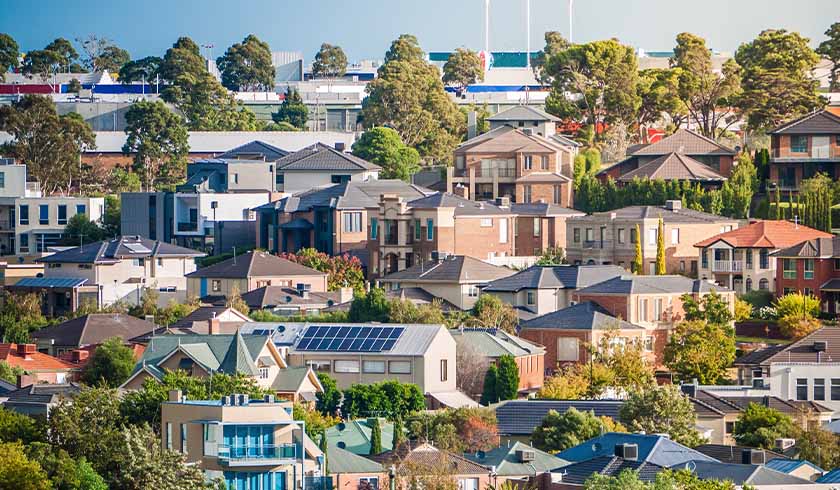How are Victorian rents faring during COVID-19?
The rental market remains strong in Melbourne and regional Victoria, according to the latest results released by industry group.

According to the Real Estate Institute of Victoria (REIV), homes are now more accessible in Melbourne as vacancy rates relaxed slightly in June, while the rental market tightened further in regional Victoria.
The REIV recorded a healthy 3.0 per cent vacancy rate in Melbourne while regional Victoria recorded a further tightening of the rental market with 1.8 per cent.
The slight increase in vacancy rate did not impact the median rents with Melbourne median rental prices for houses now at $473 per week, $13 more than the previous month.
Median rents for metropolitan units have also increased, from $410 per week in May to $420 per week for June.
Rental prices in regional Victoria are holding firm, with median house rents remaining unchanged on $350 per week for the past six consecutive months, regional units are sitting at $300 per week, a $5 increase in May.
REIV President Leah Calnan noted Melbourne’s rental market continues to grow.
“Melbourne’s rental market is holding firm in the face of the [coronavirus] pandemic creating unique conditions,” Ms Calnan said.
“The relaxing of vacancy rates [mean] there are more homes available for people to rent, and there has never been a more important time to have a roof over your head.”
However, CoreLogic’s data showed rental rates have continued to trend lower through July, with the weakest rental conditions emanating from Hobart, Sydney and Melbourne, and the unit sector driving the largest falls.
Since March, capital city house rents have dropped by only 0.3 per cent while over the same period unit rents are down a more substantial 2.6 per cent. Hobart stands out as recording the largest decreases, with rents for houses down 2.0 per cent, and units down 4.4 per cent since March.
According to CoreLogic’s head of research Tim Lawless, weaker rental conditions are most evident in those markets where rental demand has been impacted by border closures and supply additions.
“Some [inner-city] areas of Melbourne and Sydney have seen rental listings more than double since March due to the combined effect of temporary migrants departing, and overseas arrivals, including foreign students, stalling,” he said.
Compounding this weak demand position is the surge in construction activity and investment over previous years, which has added to inner-city rental supply. Mr Lawless notes other factors are also impacting rental markets.
“Anecdotally, the transition of short-term accommodation, namely Airbnb, to permanent rentals is temporarily adding to supply. Additionally, the significant employment decline across food and accommodation services, arts and recreation services is compounding the weak rental demand as these sectors workers are more likely to rent,” Mr Lawless said.
To date these sectors have seen the largest number of job losses and impact on wages. With the second wave of social distancing policies and border closures, these workers are once again facing hardship,” he said.
